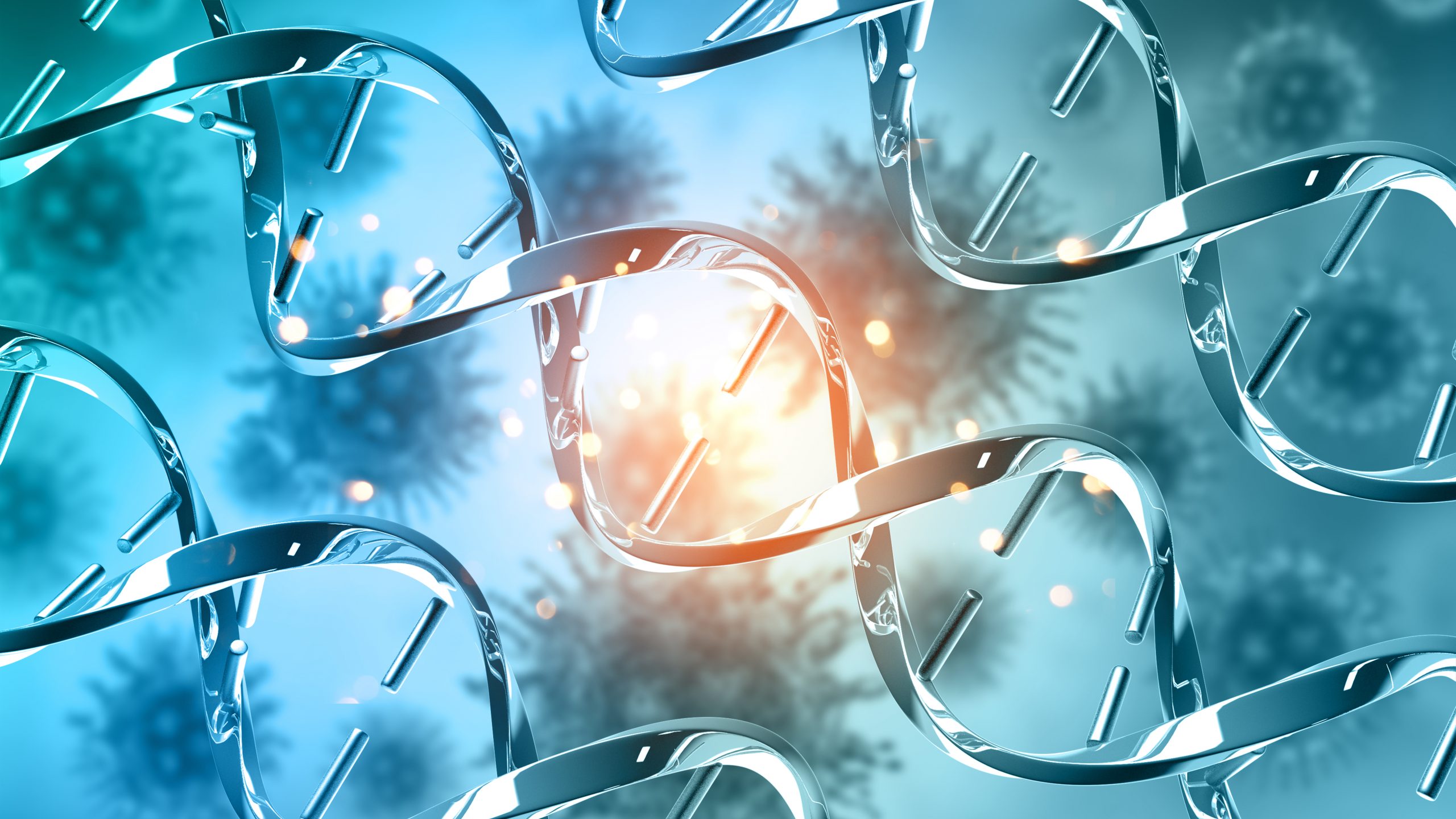

The ability of the immune system to deliver its army of immune cells to the proper region with the right level of response is critical to the body’s ability to fight an infection or a growing tumor. An insufficient or excessive immune response can result in cancer, autoimmune illness, or inflammatory problems such as asthma, skin diseases, and digestive issues.
Now, scientists at Johns Hopkins Medicine have developed a blue light-guided system to direct immune cells, a tool that might possibly be used to direct these cells to the site of an infection or a developing tumour. The findings were published in the journal Developmental Cell.
The scientists genetically altered human neutrophils, a type of white blood cell that fights infections, and macrophages, leukocytes that engulf and absorb foreign, dead, or damaged cells, to direct immune cells.
The cells were genetically modified to make cryptochrome, a flavonoid molecule present in many plants that is activated by blue light. When the blue light was shone into laboratory dishes containing these cells, it activated a cascade of chemical signals and growth factors inside the cell, including Ras and AKT proteins.
Changes in signals and growth factors in leukocytes were associated with changes in the leukocyte’s cytoskeleton (a form of scaffolding that gives cells their structure) and polarity (the cell’s shape and intracellular material arrangement). Within minutes, immune cells began to track and move toward the blue light source.
According to the Johns Hopkins research, lead by academics Peter Devreotes, Ph.D., and Dhiman Pal, Ph.D., this is the first proof that Ras and AKT proteins, which are generally recognized for stimulating cell development, may have such a direct effect on the cytoskeleton and polarity in immune cells.
The researchers believe that light-powered technology could improve antipathogen and anticancer treatments by directing immune cells directly to the site of the infection or cancer.
more recommended stories
 Phage Therapy Study Reveals RNA-Based Infection Control
Phage Therapy Study Reveals RNA-Based Infection ControlKey Takeaways (Quick Summary) Researchers uncovered.
 Pelvic Floor Disorders: Treatable Yet Often Ignored
Pelvic Floor Disorders: Treatable Yet Often IgnoredKey Takeaways (Quick Summary) Pelvic floor.
 Urine-Based microRNA Aging Clock Predicts Biological Age
Urine-Based microRNA Aging Clock Predicts Biological AgeKey Takeaways (Quick Summary) Researchers developed.
 Circadian Control of Neutrophils in Myocardial Infarction
Circadian Control of Neutrophils in Myocardial InfarctionKey Takeaways for HCPs Neutrophil activity.
 E-Cigarette Use and Heart Attack Risk in Former Smokers
E-Cigarette Use and Heart Attack Risk in Former SmokersKey Takeaways for Clinicians and Nurses.
 36-Week Pre-eclampsia Screening May Reduce Term Risk
36-Week Pre-eclampsia Screening May Reduce Term RiskA New Preventive Strategy for Term.
 Cardiovascular Risk and Sudden Cardiac Death in Diabetes
Cardiovascular Risk and Sudden Cardiac Death in DiabetesRising Sudden Cardiac Death (SCD) Risk.
 Poor Kidney Function and Alzheimer’s Biomarkers Explained
Poor Kidney Function and Alzheimer’s Biomarkers ExplainedPoor kidney function may influence levels.
 Walking Speed Before Hip Replacement Predicts Recovery
Walking Speed Before Hip Replacement Predicts RecoveryNew Evidence Points to a Simple,.
 Neuroblastoma Drug Combo Extends Survival in Models
Neuroblastoma Drug Combo Extends Survival in ModelsA Promising Shift in High-Risk Neuroblastoma.

Leave a Comment